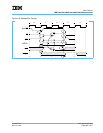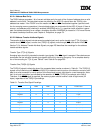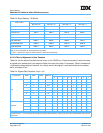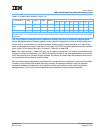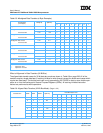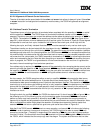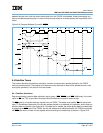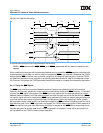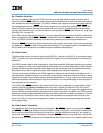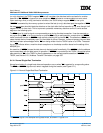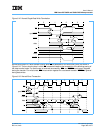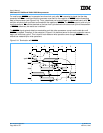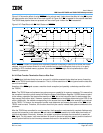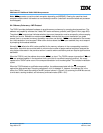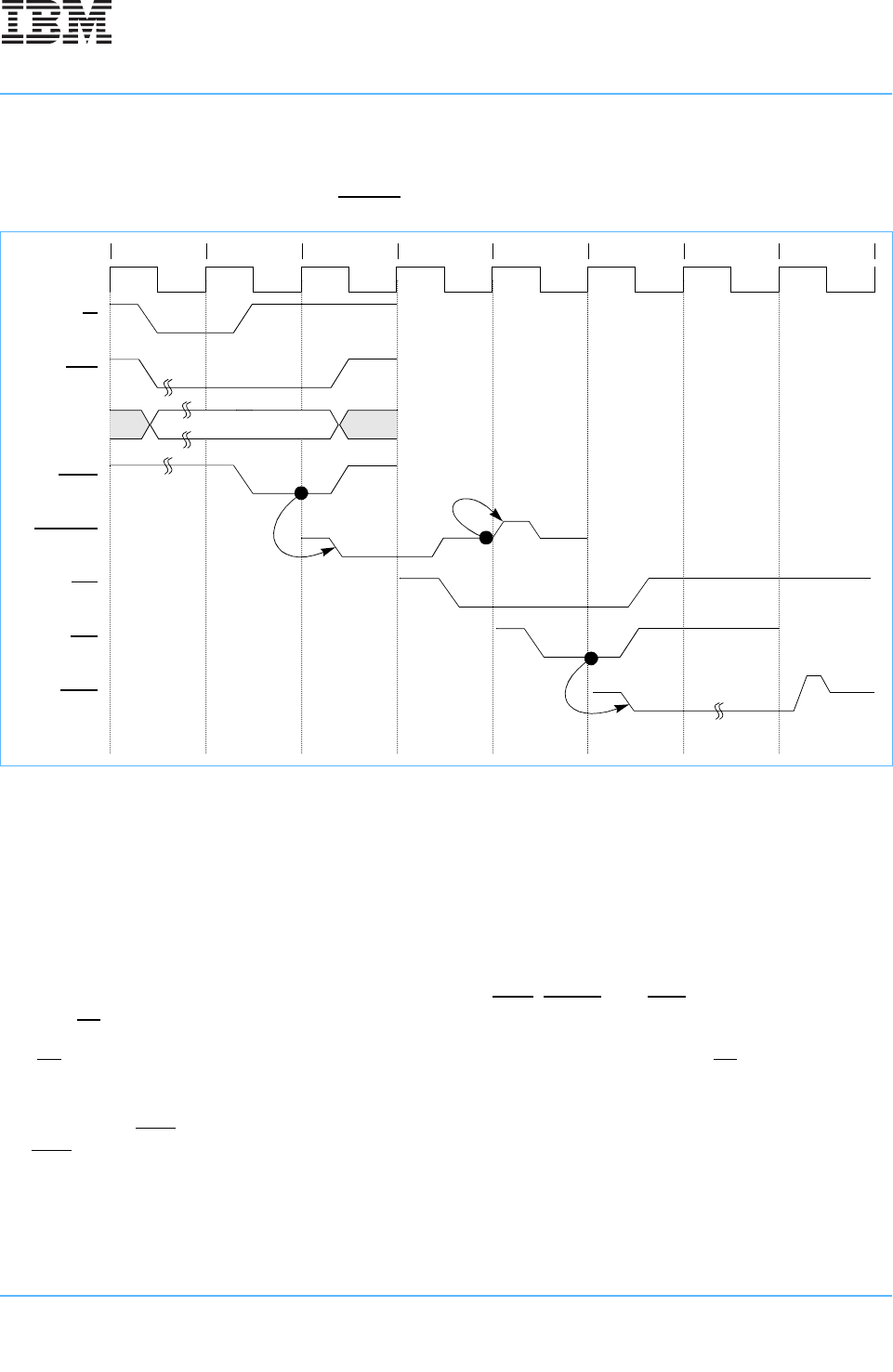
User’s Manual
IBM PowerPC 750GX and 750GL RISC Microprocessor
gx_08.fm.(1.2)
March 27, 2006
Bus Interface Operation
Page 301 of 377
address tenures occur until the current snoop push from the 750GX is completed. Snoop push delays can
also be avoided by operating the L2 cache in write-through mode so no snoop pushes are required by the L2
cache.
8.4 Data-Bus Tenure
This section describes the data-bus arbitration, transfer, and termination phases defined by the 750GX
memory-access protocol. The phases of the data tenure are identical to those of the address tenure, under-
scoring the symmetry in the control of the two buses.
8.4.1 Data-Bus Arbitration
Data-bus arbitration uses the data arbitration signal group—DBG
, DBWO, and DBB. Additionally, the combi-
nation of TS
and TT[0–4] provides information about the data-bus request to external logic.
The TS
signal is an implied data-bus request from the 750GX. The arbiter must qualify TS with the transfer
type (TT) encodings to determine if the current address transfer is an address-only operation, which does not
require a data-bus transfer (see Figure 8-9). If the data bus is needed, the arbiter grants data-bus mastership
by asserting the DBG
input to the 750GX. As with the address-bus arbitration phase, the 750GX must qualify
the DBG
input with a number of input signals before assuming bus mastership, as shown in Figure 8-10.
Figure 8-9. Snooped Address Cycle with ARTRY
12 34567
ts
abb
addr
aack
ARTRY
BR
qualBG
ABB
8



